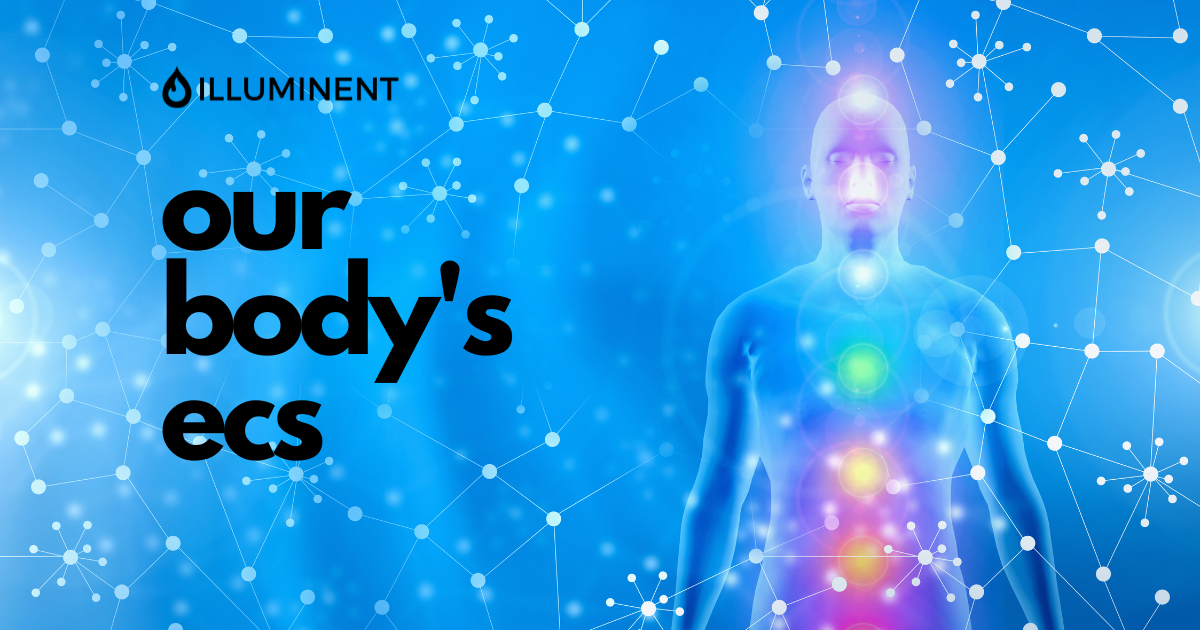

Welcome to our deep dive into the fascinating world of the Endocannabinoid System (ECS). This complex cell-signaling system plays a crucial role in maintaining our body’s homeostasis and regulating a multitude of physiological processes. Despite its significance, the ECS is often a mystery to many. But, why should you know about it? Understanding the ECS allows us to better grasp how substances like cannabinoids, found in cannabis, interact with our bodies and influence our health. We’ll be exploring the ECS, the difference between endogenous and phytocannabinoids, the roles of the two main endogenous cannabinoids, how CB1 and CB2 receptors work, and more. So, let’s unravel this mystery!
The ECS is a comprehensive system found in all vertebrates, working quietly in the background to maintain homeostasis, also known as balance, within the body. It influences various functions, including mood, sleep, appetite, pain, and immune response. The ECS is composed of endocannabinoids, enzymes that help produce and break them down, and receptors (CB1 and CB2) that these cannabinoids bind to.
Endogenous cannabinoids, also known as endocannabinoids, are naturally produced within our bodies. Anandamide (AEA) and 2-arachidonoylglycerol (2-AG) are two of the most well-studied endocannabinoids produced by the human body. Here’s what each of these endocannabinoids does:
Phytocannabinoids, on the other hand, are derived from plants, with the most well-known being Δ9-tetrahydrocannabinol (THC) and cannabidiol (CBD) from cannabis. Both endocannabinoids and phytocannabinoids interact with the ECS, but they differ in origin and impact on the body. You can read all about various cannabinoids including CBD and THC and how they interact with the body HERE.
Inside the ECS, there are two main types of receptors that both endocannabinoids and phytocannabinoids interact with.
CB1 receptors have a high affinity for THC, explaining the psychoactive effects of cannabis. On the contrary, CBD doesn’t directly bind with CB1 or CB2 but influences them, explaining why CBD doesn’t have intoxicating effects but has therapeutic potential.
As we understand the ECS, we can appreciate how different forms of cannabinoid consumption affect us.
The ECS, with its endocannabinoids, receptors, and enzymes, is a significant yet underappreciated system in our bodies. Its roles in maintaining homeostasis and mediating the effects of cannabinoids are central to our health and wellbeing. Understanding the ECS helps us make more informed choices about utilizing cannabinoids, whether they be from tinctures, edibles, topicals, or cartridges. As science continues to uncover the mysteries of the ECS, we look forward to the potential therapeutic applications that await us.
Remember, a balanced ECS is key to a healthier and happier life.
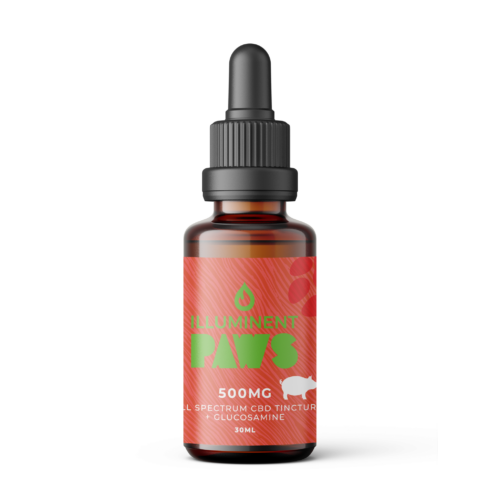
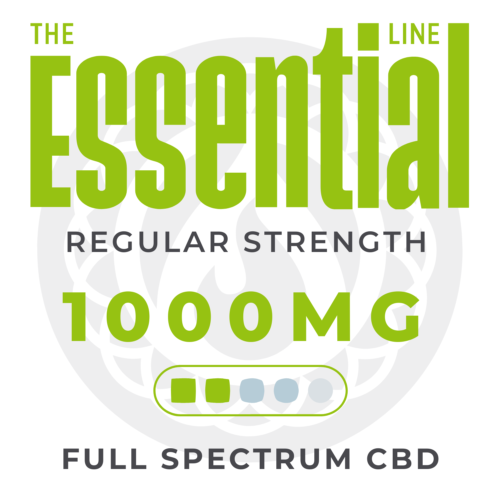
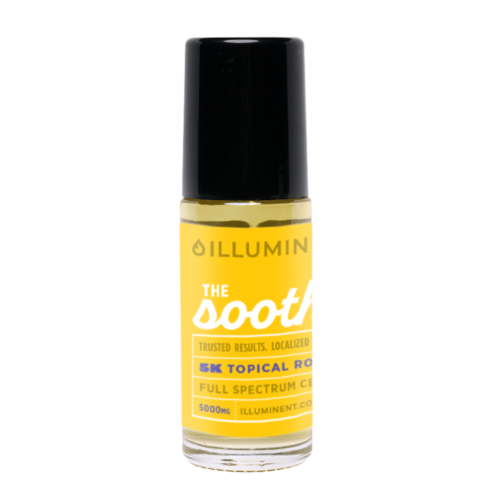
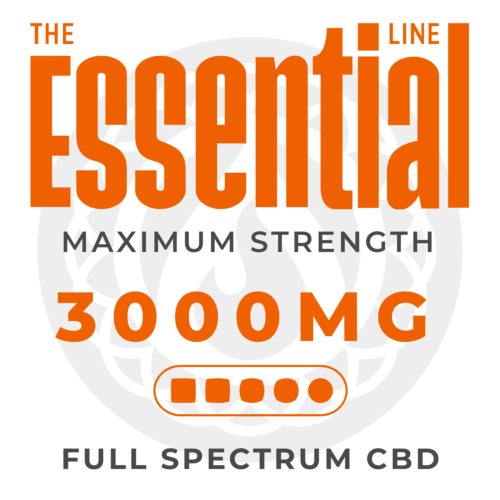
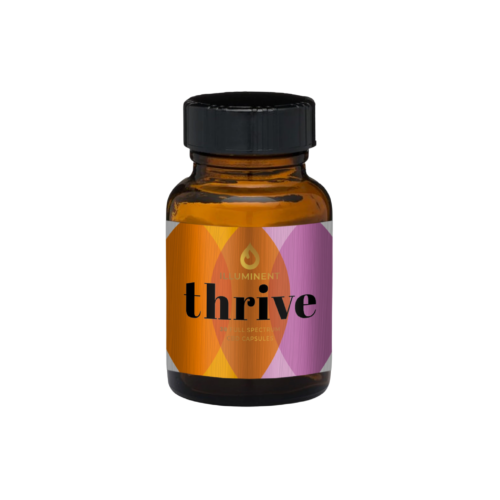
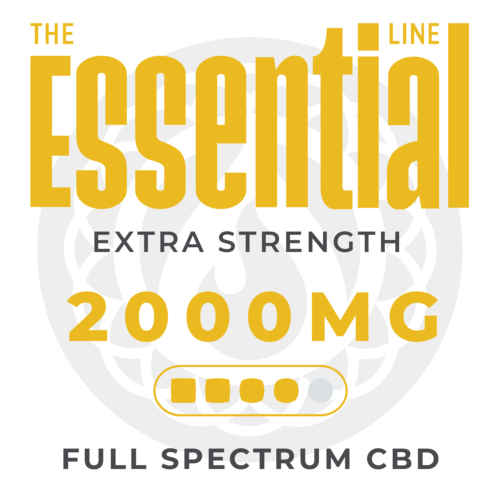
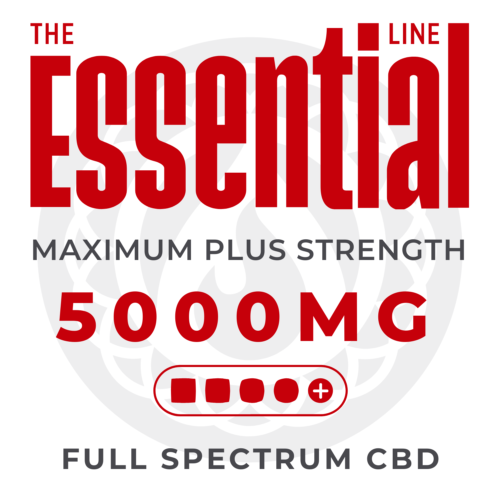
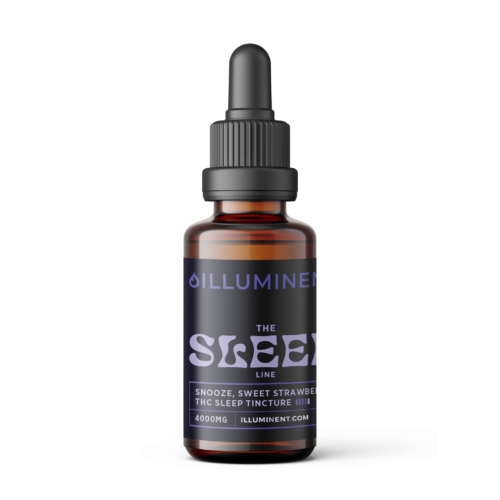
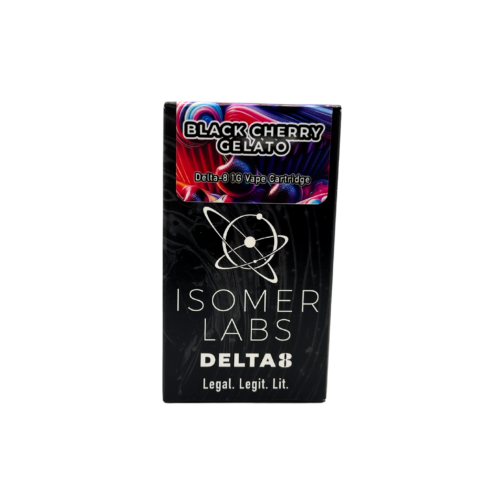
Disclaimers
These statements have not been evaluated by the Food and Drug Administration. These products are not intended to diagnose, treat, cure or prevent any disease or ailment. Illuminent assumes no responsibility for the improper use of these products. We recommend consulting with a qualified medical doctor or physician when preparing a treatment plan for any and all diseases or ailments. Illuminent does not make any health claims about our products and recommends consulting with a qualified medical doctor or physician prior to consuming our products or preparing a treatment plan. It is especially important for those who are pregnant, nursing, chronically ill, elderly or under the age of 18 to discuss the use of these products with a physician prior to consuming them.
Illuminent Cannabidiol (CBD) is a naturally-occurring constituent of the industrial hemp plant. Illuminent does not sell or distribute any products that are in violation of the United States Controlled Substance Act (US.CSA). Illuminent does sell and distribute industrial hemp-based products.
Illuminent products meet or exceed all federal guidelines for industrial hemp and are independently verified to contain 0.3% delta-9 THC prior to packaging.
These statements have not been evaluated by the FDA. Illuminent products are not intended to diagnose, treat, cure or prevent any disease.
©2022 ILLUMINENT. ALL RIGHTS RESERVED.